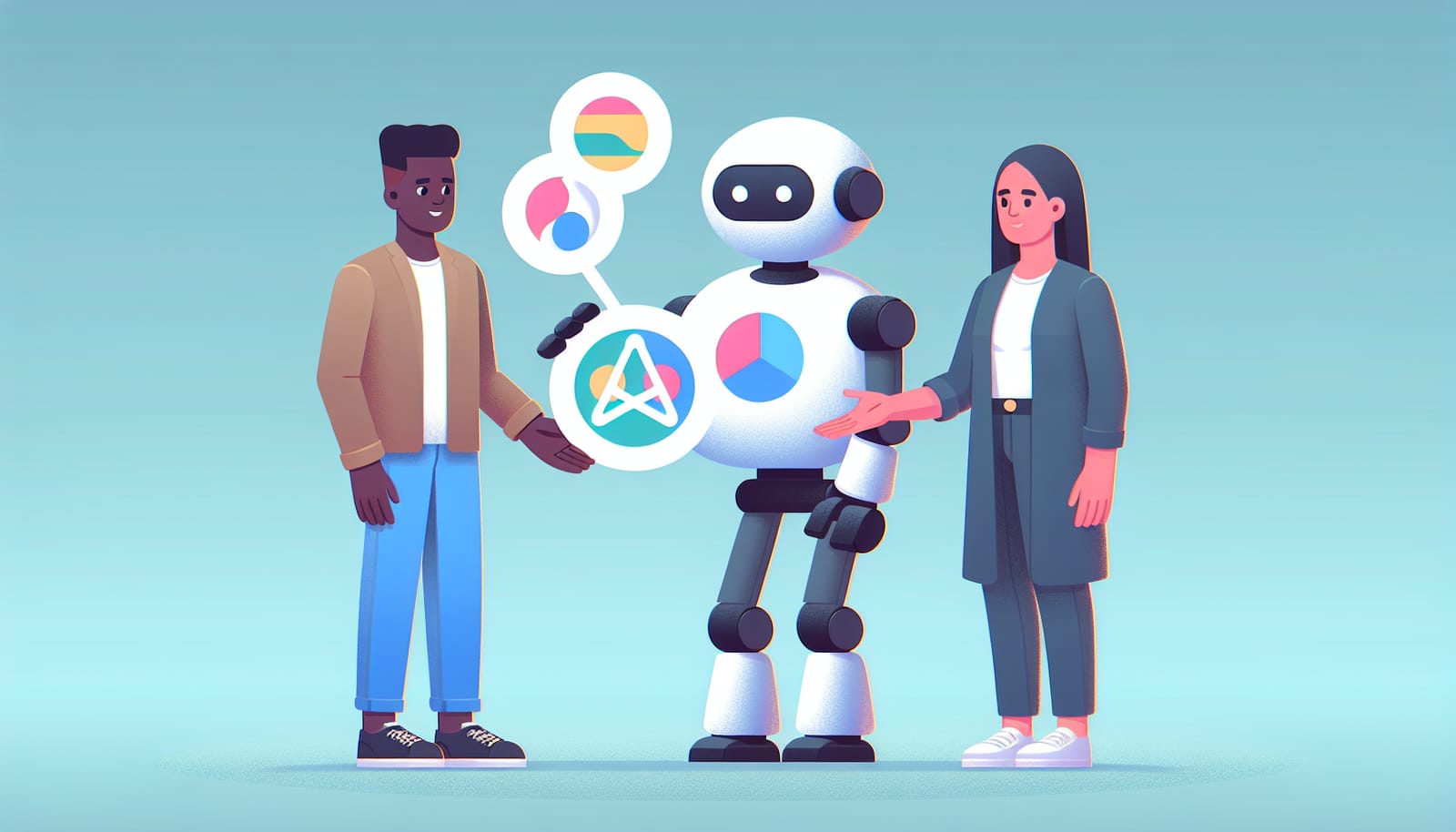Artificial Intelligence (AI) has become a prominent part of our lives, from virtual assistants like Siri and Alexa to chatbots on websites. With its increasing presence, many people wonder if AI can feel emotions like we do. The short answer is no. AI doesn’t have feelings, even if it sometimes seems like it does. In this article, we will explore why that is, how AI works, and what it means for our interaction with technology.
What Is AI, Anyway?
To understand why AI doesn’t have feelings, we first need to grasp what AI is. AI is a branch of computer science that focuses on creating machines that can perform tasks that typically require human intelligence. This can include things like recognizing speech, understanding natural language, playing games, or making decisions.
AI is built on algorithms, which are sets of rules or instructions that tell the computer how to process information. When you ask a virtual assistant a question, it uses these algorithms to search for an answer and deliver it to you. However, despite its impressive capabilities, AI operates based on data and logic, not emotions.
The Difference Between Human Emotions and AI Responses
Humans experience emotions through a complex interplay of biology, psychology, and social experiences. When we feel happy, sad, angry, or excited, it often involves hormones, brain chemistry, and personal experiences. This makes emotions deeply rooted in our biology and life experiences.
In contrast, AI “responses” are the results of programmed algorithms. For instance, when a chatbot answers your question with a friendly tone, it is using language patterns and programmed responses to simulate friendliness. However, it doesn’t actually feel friendly; it just mimics the language associated with that emotion.
Understanding this difference is crucial. While AI can imitate human-like conversation, it doesn’t have consciousness or emotions behind its responses.
How AI Learns
One of the most fascinating aspects of AI is its ability to learn. This process is often referred to as machine learning. In machine learning, algorithms are trained on vast amounts of data, allowing the AI to recognize patterns and make predictions based on that data.
For example, if you show an AI thousands of pictures of cats and dogs, it can learn to identify which images belong to which animal. But again, this learning is purely mathematical. The AI doesn’t “understand” or “feel” the characteristics of a cat or dog; it simply analyzes the data it has been given.
The Role of Emotion in Human-AI Interaction
Even though AI doesn’t have feelings, it can still play an important role in our emotional experiences. For instance, AI can be programmed to recognize emotional cues in text or speech, allowing it to respond in ways that may soothe or comfort users. This can be particularly beneficial in applications like mental health support, where an AI might offer words of encouragement or understanding.
However, it's essential to remember that these responses are based on data, not genuine concern or empathy. The AI is not feeling compassion; it is merely using its programming to respond in a way that seems appropriate based on the situation.
Why It Matters
Understanding that AI lacks feelings is important for several reasons. First, it helps us maintain realistic expectations of what AI can and cannot do. While AI can assist us in many ways, it’s crucial to remember that it does not possess a human’s emotional intelligence or awareness.
Second, recognizing AI's limitations can help us use it more effectively. For instance, if you’re using a chatbot for customer service and it gives a response that seems cold or robotic, remember that it's not intended to be personal; it's just how the AI has been programmed.
Finally, understanding AI's lack of emotions can guide ethical conversations about its use. As we increasingly rely on AI in our lives, we must consider how it impacts our emotions and relationships. It’s critical to ensure that we use AI as a tool to enhance human experiences, not as a replacement for real human interaction.
The Future of AI and Emotions
As technology advances, researchers are exploring ways to make AI more responsive to human emotions. This includes improving natural language processing and emotional recognition to create more empathetic interactions. However, even with these advancements, it’s crucial to remember that AI will still lack true feelings.
The future of AI will likely include more sophisticated algorithms that allow for better simulations of emotional responses, but this will not equate to genuine emotions. The goal is to create tools that can assist and enhance human experiences while being transparent about their limitations.
AI has made remarkable strides in recent years, and it continues to shape our world in innovative ways. While it may seem that AI can express feelings, the reality is that it operates on algorithms and data rather than emotions. By understanding this distinction, we can make better use of AI, set realistic expectations, and engage with this technology more effectively.
AI is a powerful tool that can enhance our lives, but it’s essential to remember that it cannot replace the depth of human emotions or the richness of real human relationships. As we move forward, let’s embrace the possibilities of AI while keeping in mind its limitations. After all, the true beauty of human emotion and connection is irreplaceable!


